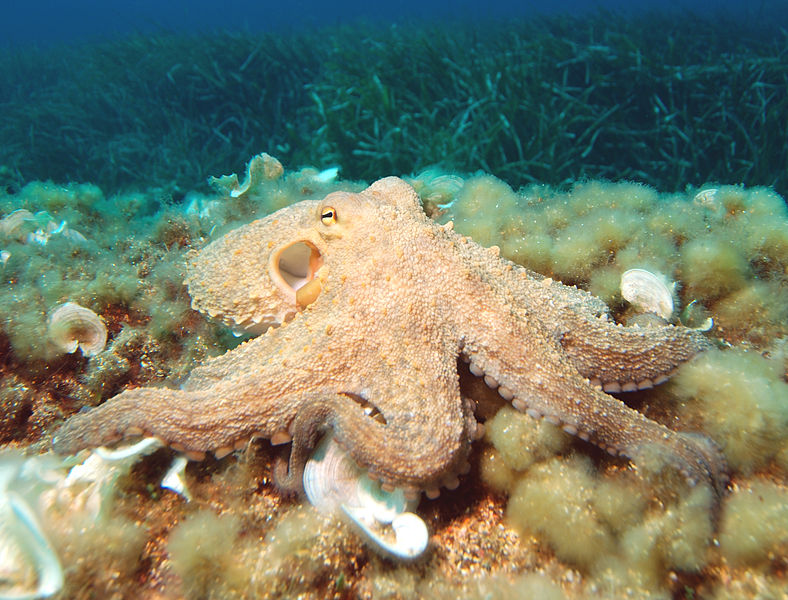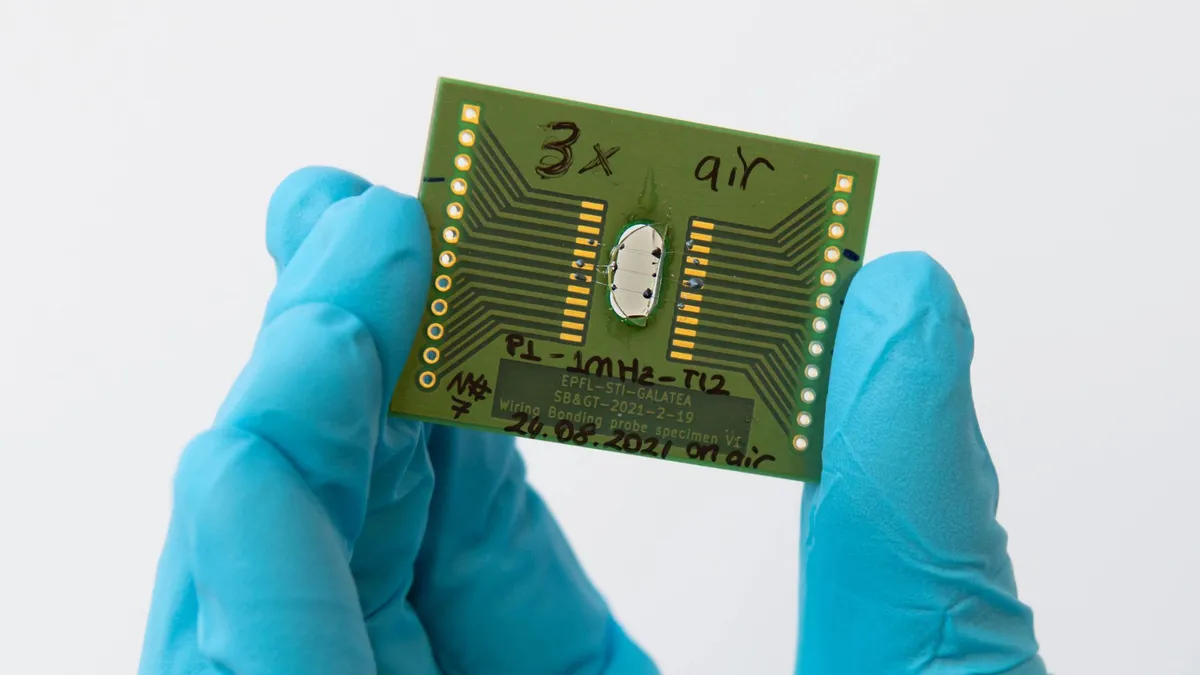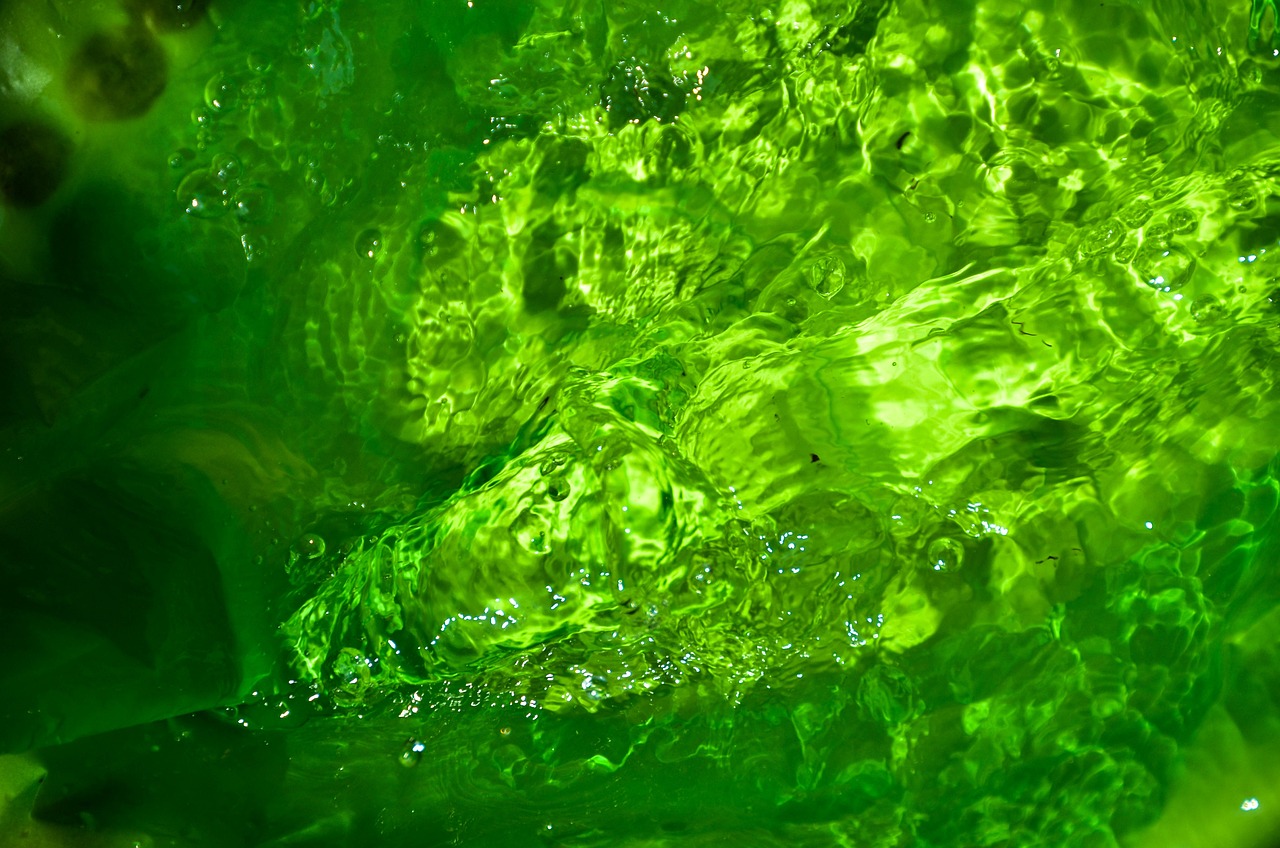Every year, thousands of people lose their way in forests and mountain areas. When anybody gets lost in the forests, considering the dangers rescue operations should be very fast and efficient.
Now to solve this issue, researchers at Johannes Kepler University have used artificial intelligence technology. They are using AI to improve thermal imaging cameras. The study is published in the journal Nature Machine Intelligence.
To search and rescue helicopters are used. Research teams use binoculars and thermal imaging cameras.
Thermal cameras are used to highlight differences in body temperatures. This difference in body temperatures could enable rescue personnel to distinguish between the people and their environment.
But devices occasionally get muddled especially when it is hot and the trees and surrounding vegetation also have elevated temperatures.
Now using this latest research, the researchers plan to check these issues. So researchers engineered drones to distinguish humans from the surrounding. They achieved this by using a deep learning application to improve the images collected by drones.
According to the researchers, “In the future, rescuing lost, ill or injured persons will increasingly be carried out by autonomous drones. However, discovering humans in densely forested terrain is challenging because of occlusion, and robust detection mechanisms are required. We show that automated person detection under occlusion conditions can be notably improved by combining multi-perspective images before classification,”
“Here, we employ image integration by airborne optical sectioning (AOS)—a synthetic aperture imaging technique that uses camera drones to capture unstructured thermal light fields—to achieve this with a precision and recall of 96% and 93%, respectively.” This is a big achievement, as traditional thermal imaging cameras achieve only 25%.







